
What’s in My Camera Bag – India Tiger Photo Expedition
Bengal tigers are one of the most exciting and rewarding species of wildlife to photograph for oh-so-many reasons. First off, they’re elusive, which means you’re capturing images of a rarely photographed animal. Plus, in addition to the excitement of seeing a tiger emerging from the brush, there’s the euphoria of taking home a work of photographic art that will turn heads of not just friends and family, but also of photo contest judges, art shows and the like.
Simply put, tiger photography in India’s National Parks is rewarding in just about every way.
If you’re headed to photograph the tigers and other wildlife of India, be sure you have a complete kit of photo gear for these once-in-a-lifetime opportunities!
Please note: Photographic styles vary, as do conditions on the ground. While this is meant to be a guide for choosing your camera gear, you should consider your own photographic interests first and foremost.
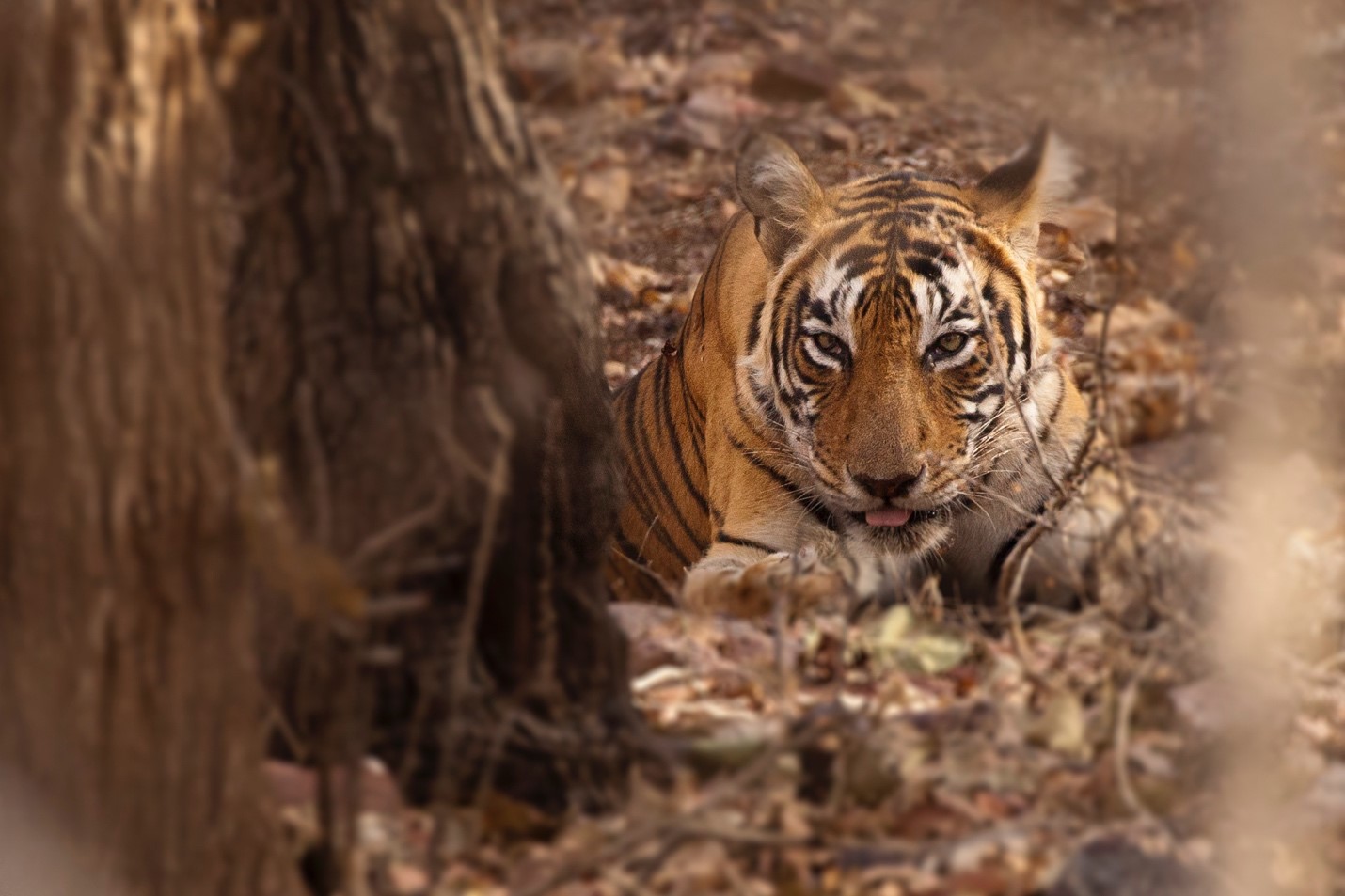
Ultra-wide-angle vs. wide-angle
What kind of “walking around lens” you choose for landscape photography, travel photography, and cultural scenes can be highly subjective. If you want something with a bit of zoom and telephoto range, like the venerable 24-105mm f/4, it will cost you on the ultra-wide-end of the spectrum. If you want to be able to capture those ultra-wide shots, or photos of things like camps, vehicles and general travel shots in tight places, a 16-35mm will be your best friend, but you will sacrifice a lot of versatility by not being able to go past 35mm, which is still, frankly, fairly wide.
Then there’s the question of speed. Do you think you need an f/2.8 for low light conditions or just to get that dreamy bokeh blur? Maybe a 24-70mm f/2.8 should be your go-to?
Ultimately, I find that the versatility of the 24-105mm is key, as it allows me to keep one lens on my camera for just about all landscape, travel and cultural photos. As you’ll read later, safaris can be dusty, so this is helpful in keeping your camera and sensor clean. And because I’m usually shooting at bigger f/numbers like f/8 or f/11, the 24-70mm f/2.8 usually isn’t as necessary as it is in other places and conditions.
However, my point is that I think just one of these lenses is necessary. As you’ll read next, I find a 70-200mm f/2.8 a wonderful piece of gear for tiger and wildlife safaris, so keep that in mind as you are matching up ranges and setting up your kit.
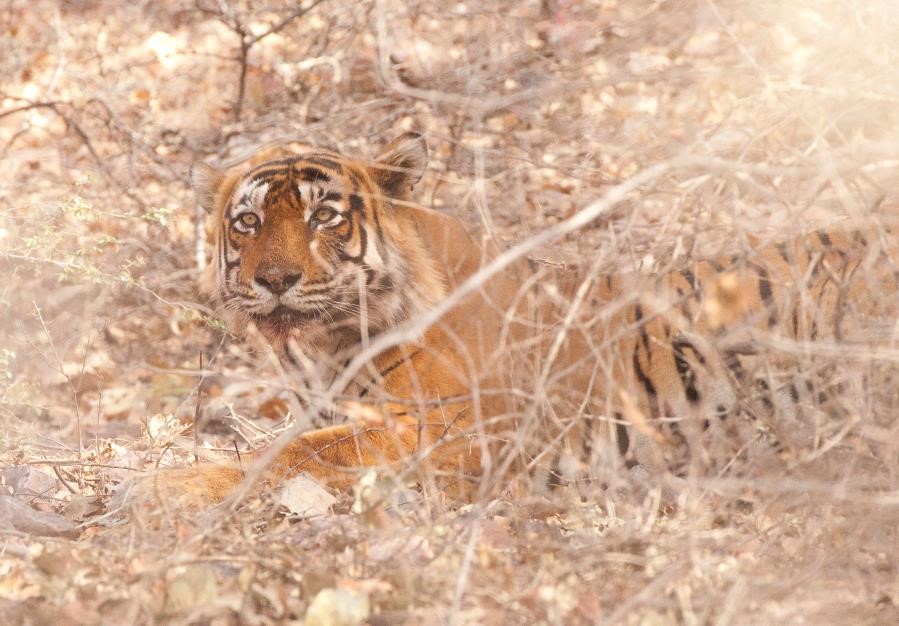
Zoom telephoto
This is going to be your workhorse of the trip. However, what exact range are we talking about here?
If you are looking for a one-stop-shop lens, the trusty 100-400mm or 200-500mm range is fantastic. The only downsides of these are that they a) don’t have super fast f/numbers (usually something like f/4.5 to 6.3) and b) they don’t quite have the tack-sharp quality that shorter lenses or big primes have.
Thus, you may also want to consider the pro-level 70-200mm f/2.8 in your range of options, too.
You will absolutely need a top range of 400mm, 500mm and even 600mm for the best tiger photography, but the sharpness and speed of the 70-200mm f/2.8 will give you both extraordinary landscape shots and wonderful wildlife-in-landscape photos, too. Plus, the f/2.8 will give you the ability to shoot in darker conditions, while also blurring out the foreground and background brush that is oh-so-common in India’s forests.
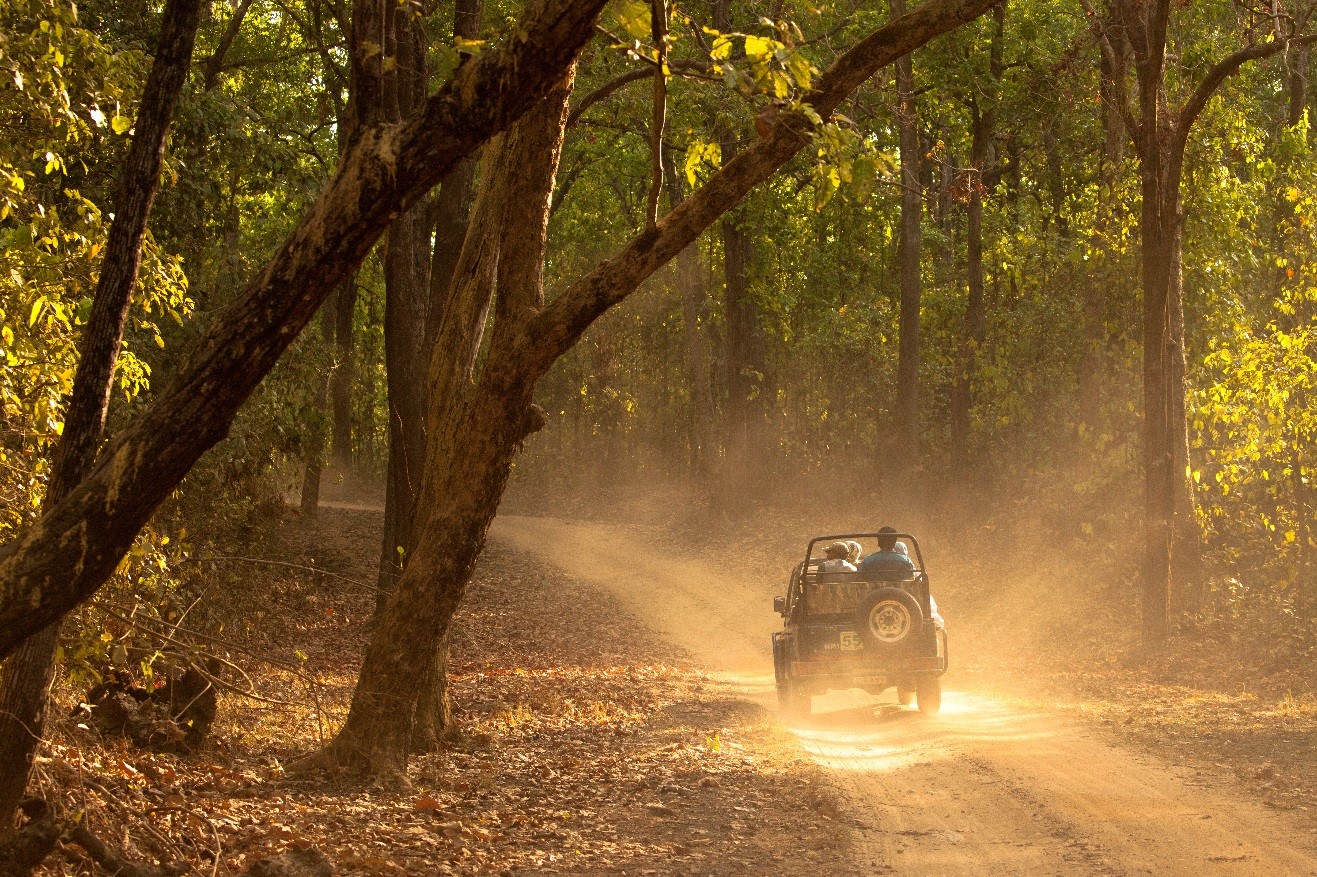
Super telephoto primes
Here is where you will get what you pay for—in a good way. Super telephoto primes are big lenses, and they’re expensive. However, to be able to get 400mm at, say, f/2.8, is a luxury beyond belief. To some, especially professionals, it’s a necessity.
This allows you to do two vital things. First, you can photograph in relatively low light because of the big aperture (aka small f/number). This can be a game changer when trying to get those low-angle light photos that often produce the most dreamy images. But equally important is that this big aperture allows you to blur out a lot of the foreground and background. For wildlife safaris in India, this is super helpful, because the jungle thickets can be dense!
These lenses are often prohibitively big and expensive for many, so I don’t want to sing their praises to the point where you feel you must have one. However, they are the pro choice and will produce out-of-this -world results.
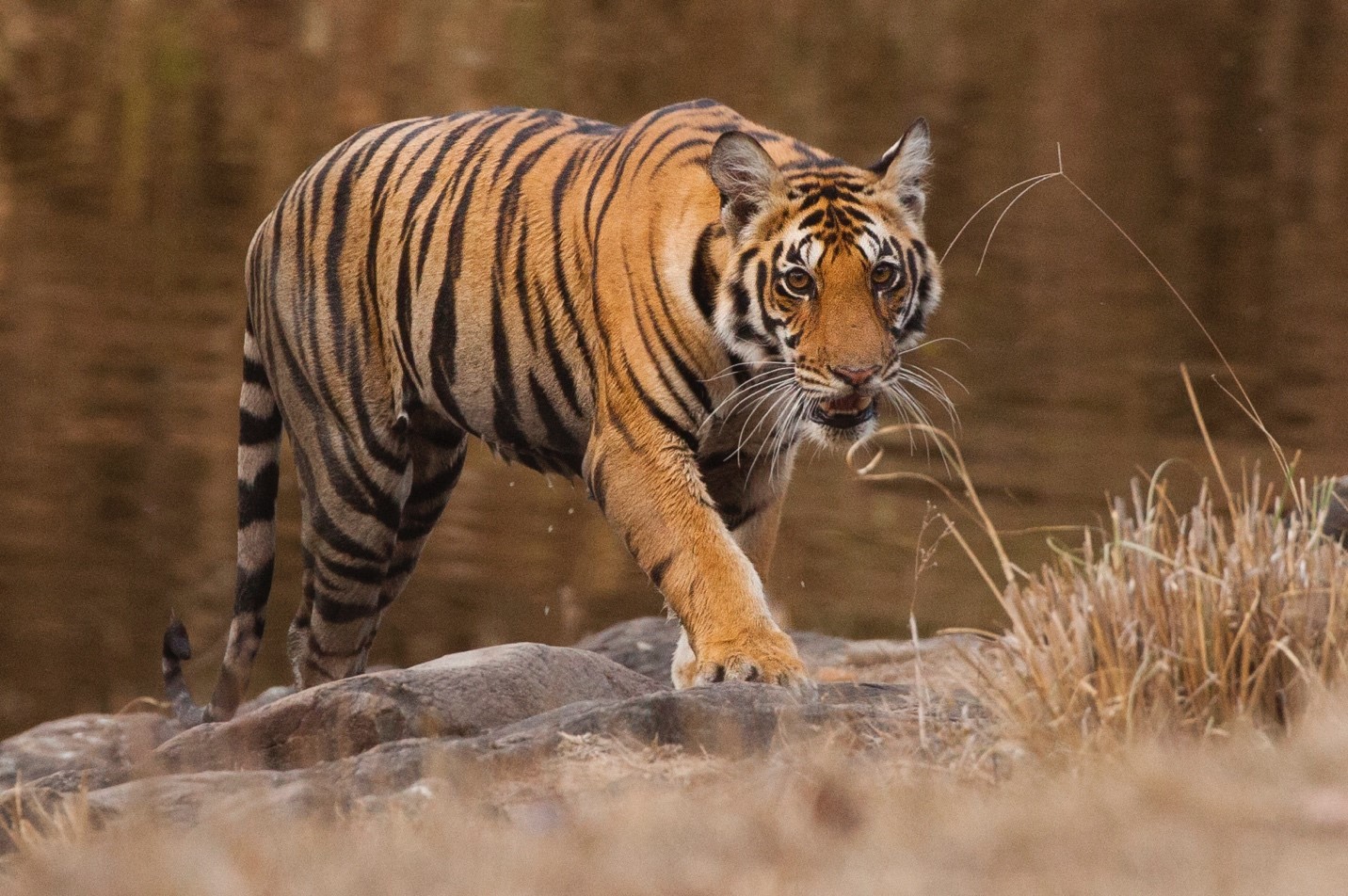
X-factor lenses
I rarely leave home without my nifty-fifty lens, which is a 50mm f/1.8. This lens is small, compact and crazy fast. What’s so fun about it is that it can produce really glorious cultural photography by blurring the heck out of the background (or foreground). And just like the fast-aperture telephotos, these also shoot in very low light, giving you the ability to photograph in light conditions that you might not normally think are workable.
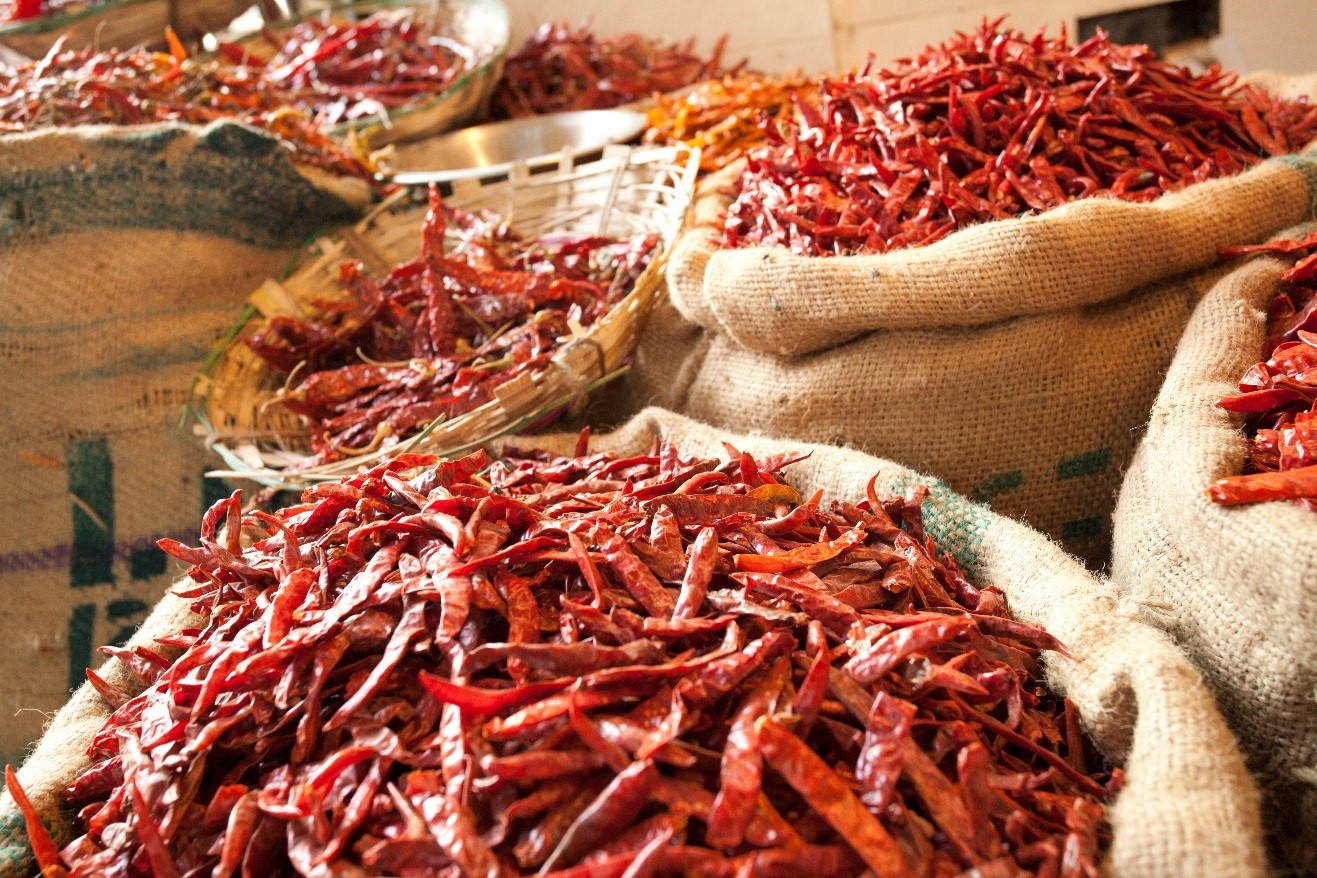
Tripods
The landscapes of India’s safari regions are gorgeous, but I find a tripod to be cumbersome and just not necessary for great landscape photos. Since you’ll be photographing from a vehicle most of the time, they just aren’t practical. You may have some opportunities to photograph from land during certain parts of your photo expedition, but I just don’t think it’s worth lugging a tripod halfway across the world to do so. Essentially, you don’t need a tripod for great landscape shots in India.
Other accessories
Perhaps the most essential accessory is something to protect your camera from dust. I’ve found that a simple dry bag (like the ones you’d take on a boat or on river trips) does the trick. As long as the rest of your camera gear is tucked into a bag, you don’t have to worry about dust on that. The point is that you definitely want your camera at the ready while driving, so keeping it out but in a small protective bag is the best way to combine protection with readiness.
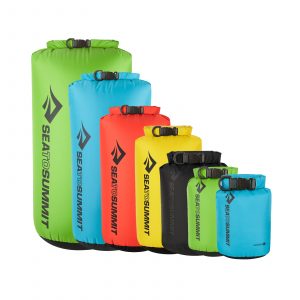
A wildlife photo adventure in India is chock-full of thrill and photo opportunities. While most of my examples have been with tigers, it’s important to remember that there are other animals out there that are also highly photogenic. Nevertheless, the lens recommendations are the same.
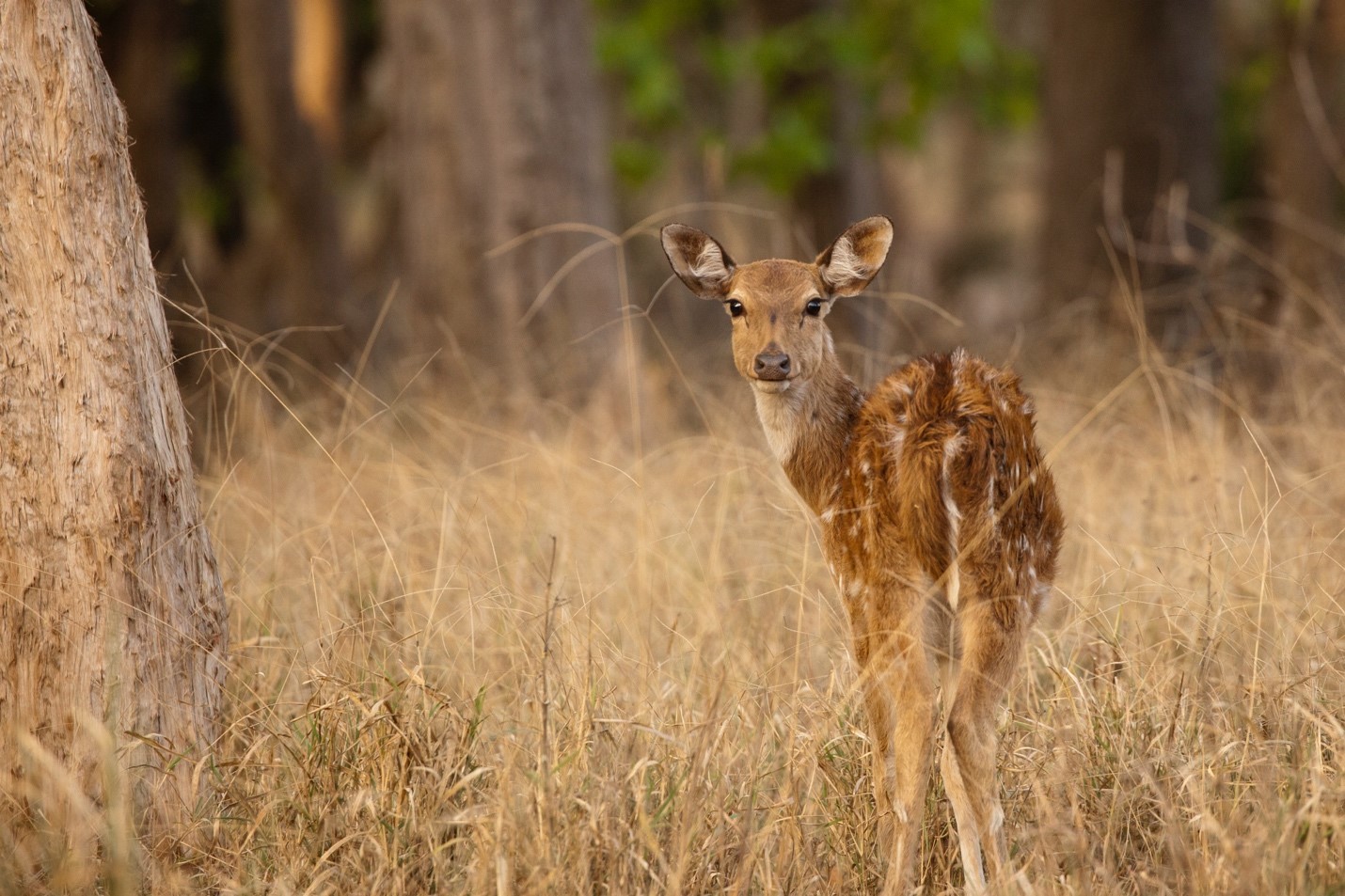
While you could get away with a relatively simple kit of a 24-105mm and a 100-400mm lens, those that either extend this range with a 200-500mm (or even one of the new 150-500mm lenses) will do better. And if you pair this with a fast lens like a 70-200mm f/2.8 (or the highly desirable 400mm f/2.8), you give yourself the ability to photograph in lower light and minimize brush distraction.
If you’re headed to India on a grand photo adventure, I wish you the very best, and I’m sure you’ll come home with some of your most treasured wildlife photos to date!
Go forward and give it a shot,

Court
Leave a reply